The Colorado River as a Lifeline for Native American Culture
For centuries, the Colorado River has carved its path through the rugged landscapes of the American Southwest, sustaining life and shaping civilizations along its banks. Among these ancient peoples were the Anasazi, a Native American culture renowned for their ingenuity, resilience, and deep connection to the land. Within the intricate tapestry of their existence, the Colorado River played a pivotal role, serving not only as a source of sustenance but also as a vital thoroughfare for trade, travel, and cultural exchange. In this exploration, we delve into the rich history of the Anasazi and their utilization of the Colorado River, tracing their footsteps through time and unraveling the mysteries of their civilization.
I. The Anasazi: Builders of Greatness
The Anasazi, a term of Navajo origin meaning “ancient ones” or “ancient enemies,” flourished in the Four Corners region of the American Southwest from approximately 200 to 1300 CE. Renowned for their remarkable architecture, including the iconic cliff dwellings of Mesa Verde and Chaco Canyon, the Anasazi were masterful builders who constructed elaborate communities nestled within the canyons and mesas of the region. Their society was characterized by complex social structures, sophisticated agricultural practices, and a profound spiritual connection to the natural world.
II. The Colorado River: A Lifeline Amidst Arid Terrain
In the arid landscapes of the Southwest, water was a scarce and precious resource. The Colorado River, with its life-giving waters, offered a vital lifeline for the Anasazi and other indigenous peoples of the region. Flowing through the heart of the Colorado Plateau, the river provided fertile land for agriculture, supported diverse ecosystems teeming with wildlife, and facilitated trade and communication between distant communities.
III. Food, Trade, and Travel Along the River
The Anasazi were adept at harnessing the resources of the Colorado River for their sustenance and livelihood. Fishing played a significant role in their diet, with the Anasazi utilizing nets, traps, and spears to catch an array of fish species, including trout, catfish, and suckers. Alongside fishing, the cultivation of maize, beans, and squash in the fertile floodplains of the river allowed the Anasazi to sustain thriving agricultural communities.
IV. Navigating the River: An Ancient Highway of Commerce
Beyond its role as a source of food, the Colorado River served as a vital artery for trade and travel among the Anasazi and neighboring cultures. Canoes crafted from cottonwood logs provided a means of transportation along the river, allowing for the exchange of goods, ideas, and cultural practices over vast distances. From the towering cliffs of Mesa Verde to the red rock canyons of the Grand Canyon, the river served as a conduit for the flow of commerce and culture, linking disparate communities in a network of trade routes.
V. Legacy and Continuity: Honoring Ancestral Traditions
While the Anasazi civilization eventually declined and dispersed for reasons that remain the subject of scholarly debate, their legacy endures in the cultural landscape of the Southwest. Today, descendants of the Anasazi, including the Hopi, Zuni, and Pueblo peoples, continue to honor their ancestral traditions and maintain a deep reverence for the land and waters that sustained their forebears. Through archaeological research, cultural preservation efforts, and the oral traditions passed down through generations, the story of the Anasazi and their relationship with the Colorado River continues to captivate and inspire.
The story of the Anasazi and their utilization of the Colorado River is a testament to the resilience of indigenous cultures and their profound connection to the natural world. Across centuries and millennia, the river has served as a lifeline for countless generations, sustaining life, fostering trade, and shaping the course of human history. As we reflect on the legacy of the Anasazi and their journey along the Colorado River, may we also recognize the enduring importance of preserving and protecting these sacred landscapes for future generations to cherish and enjoy.


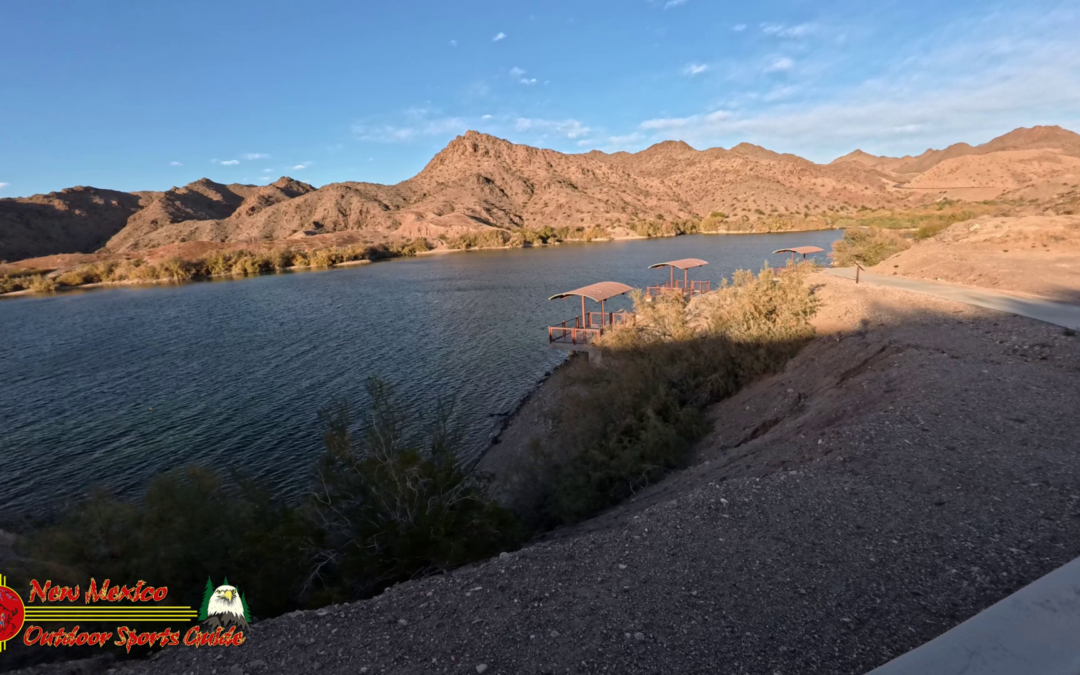

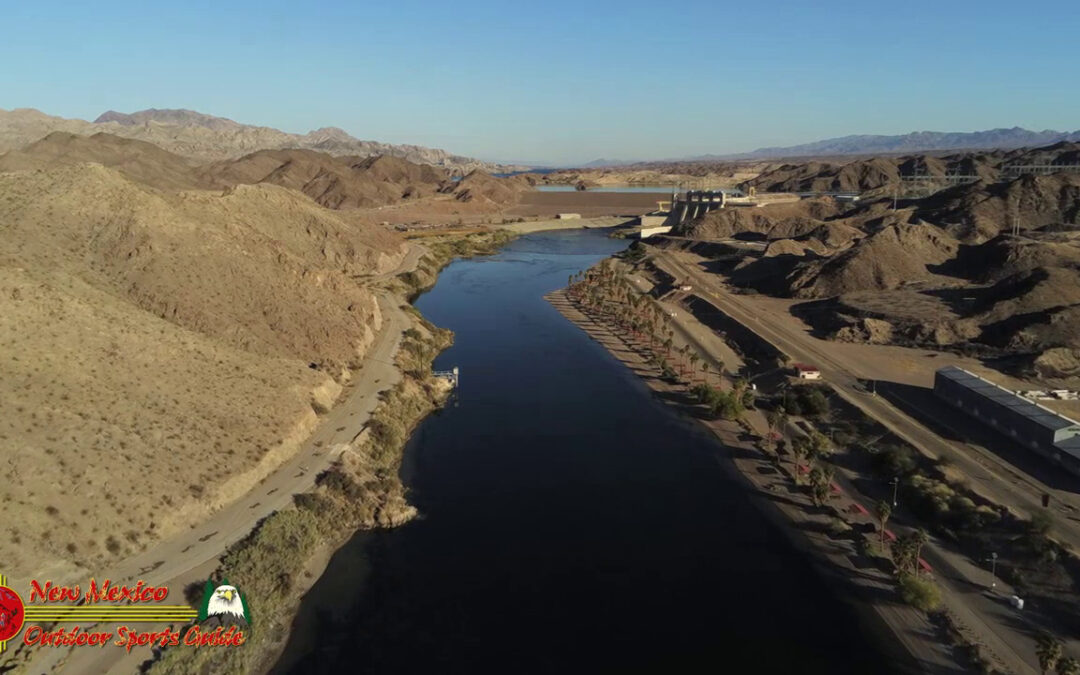
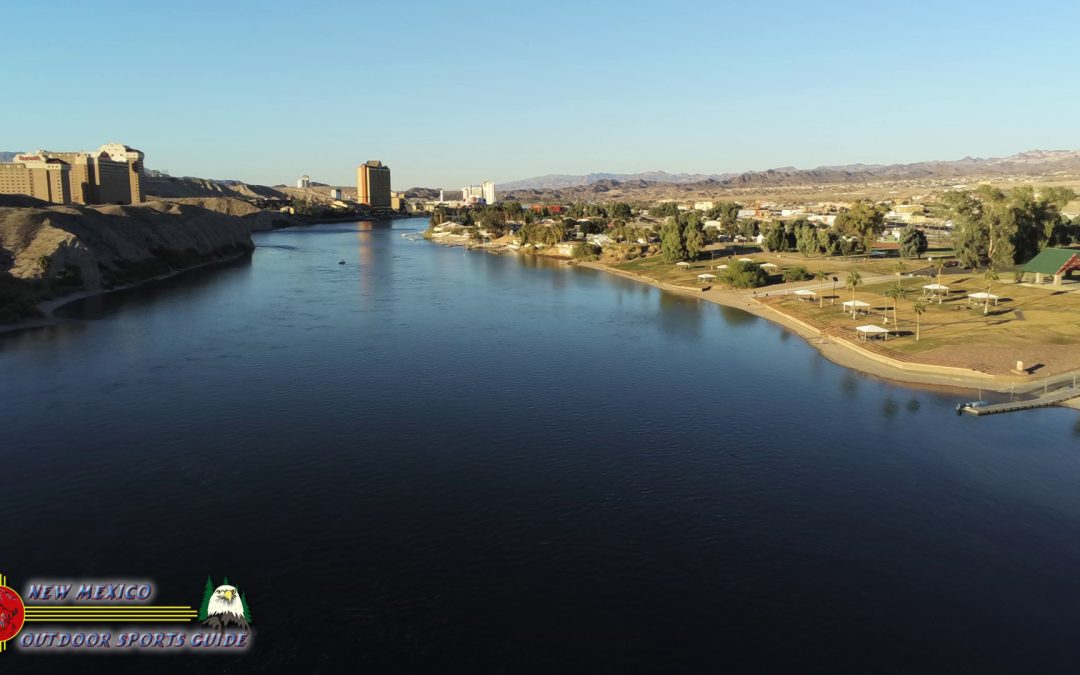

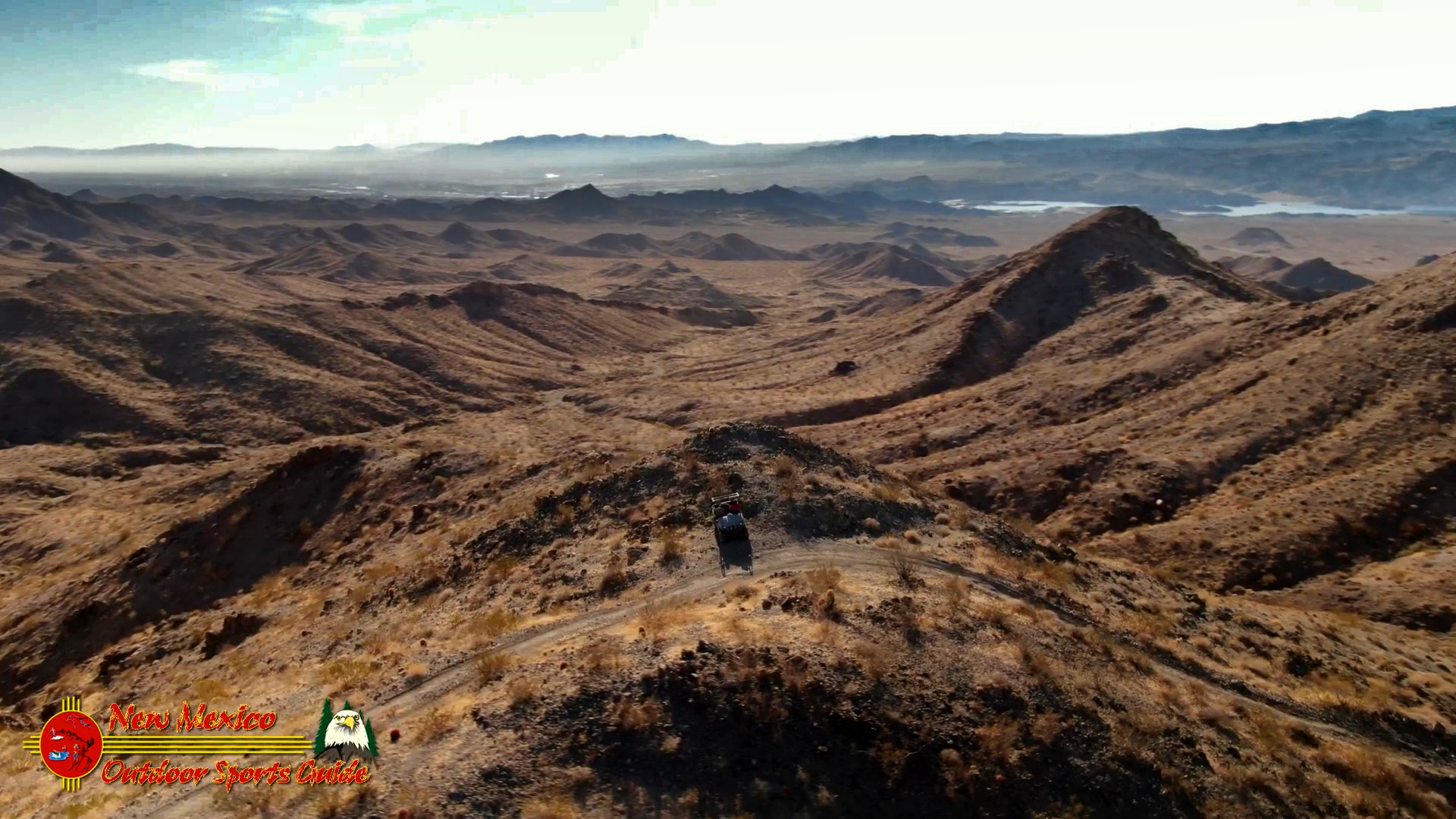
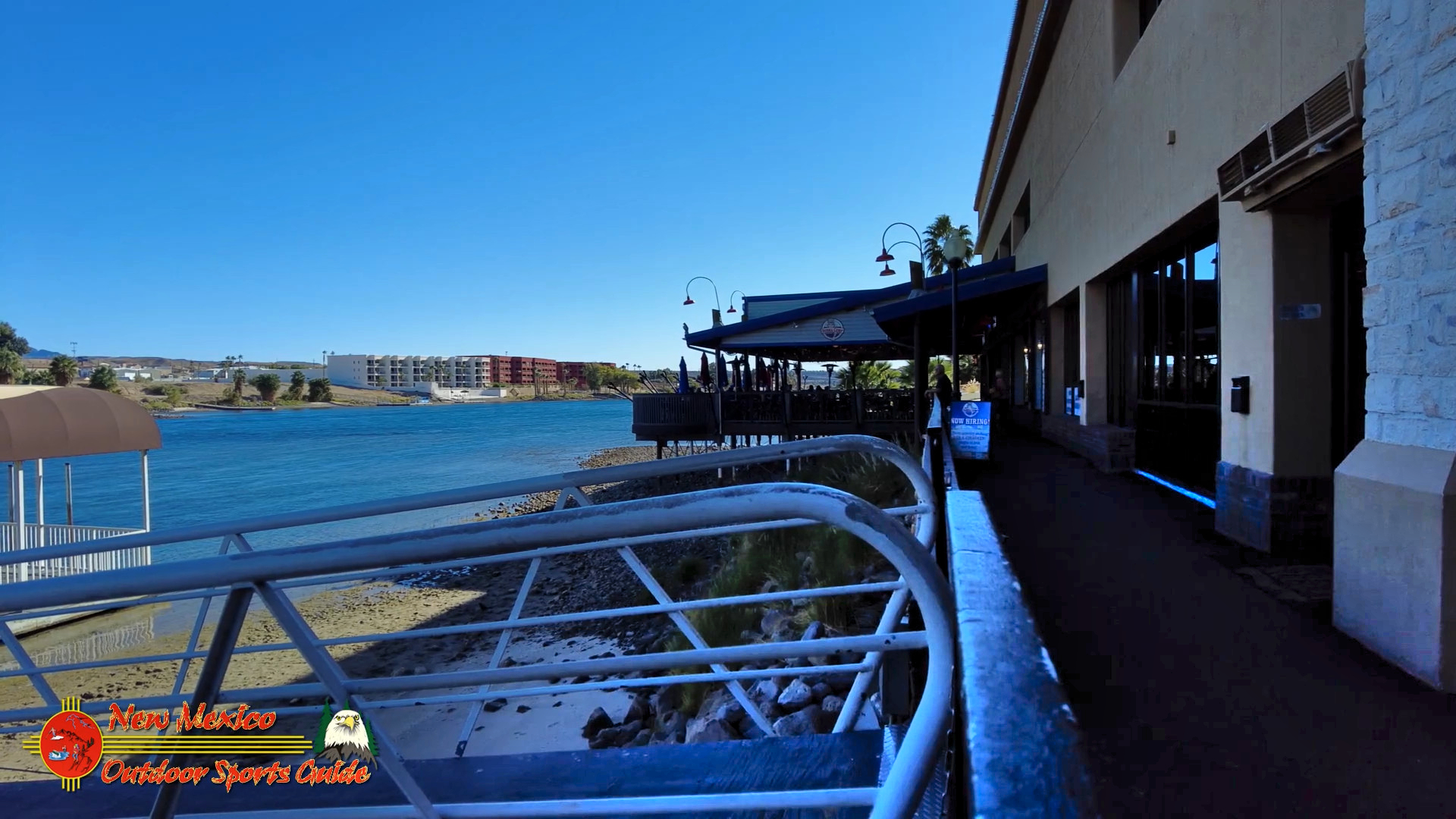
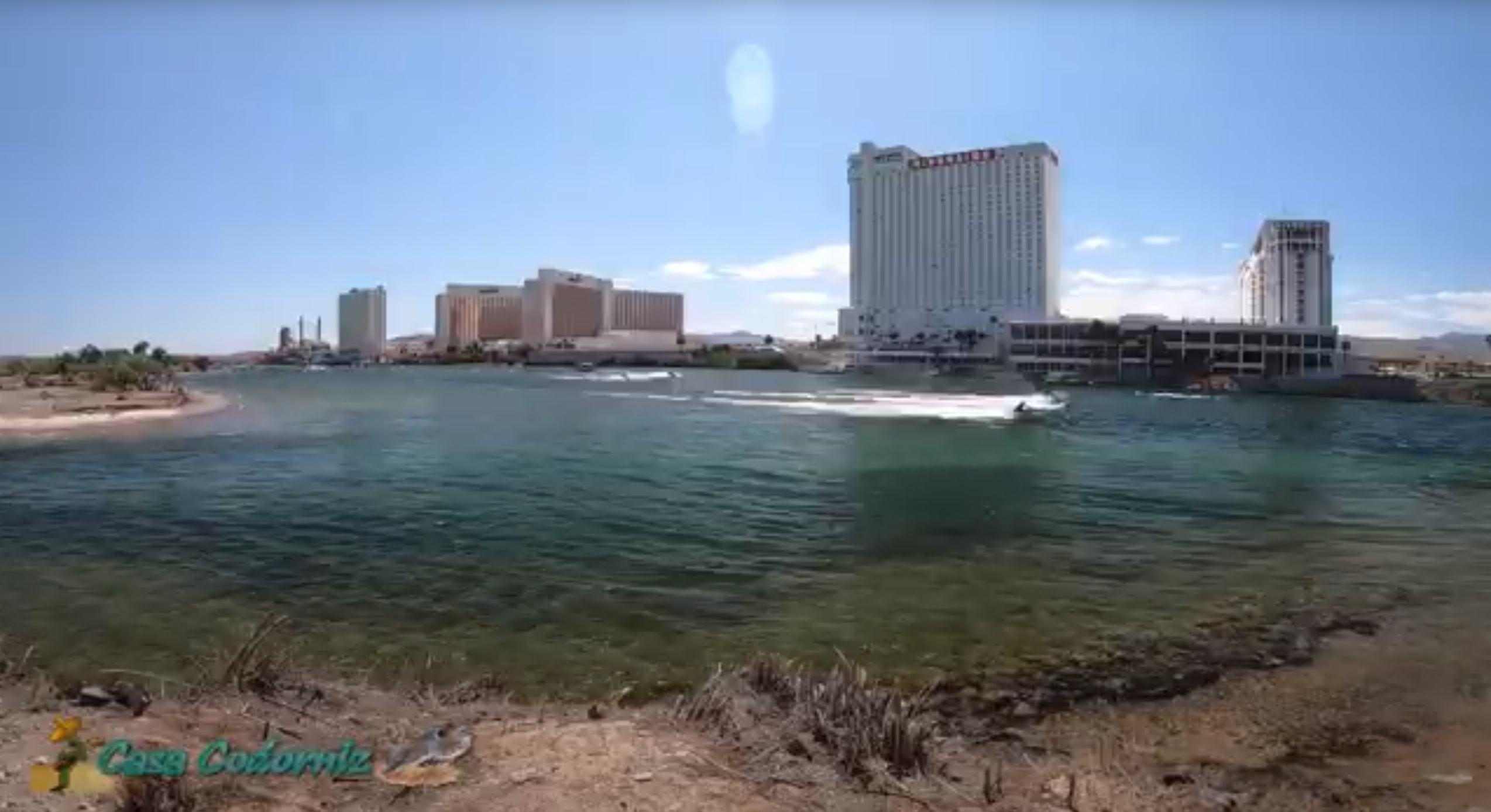
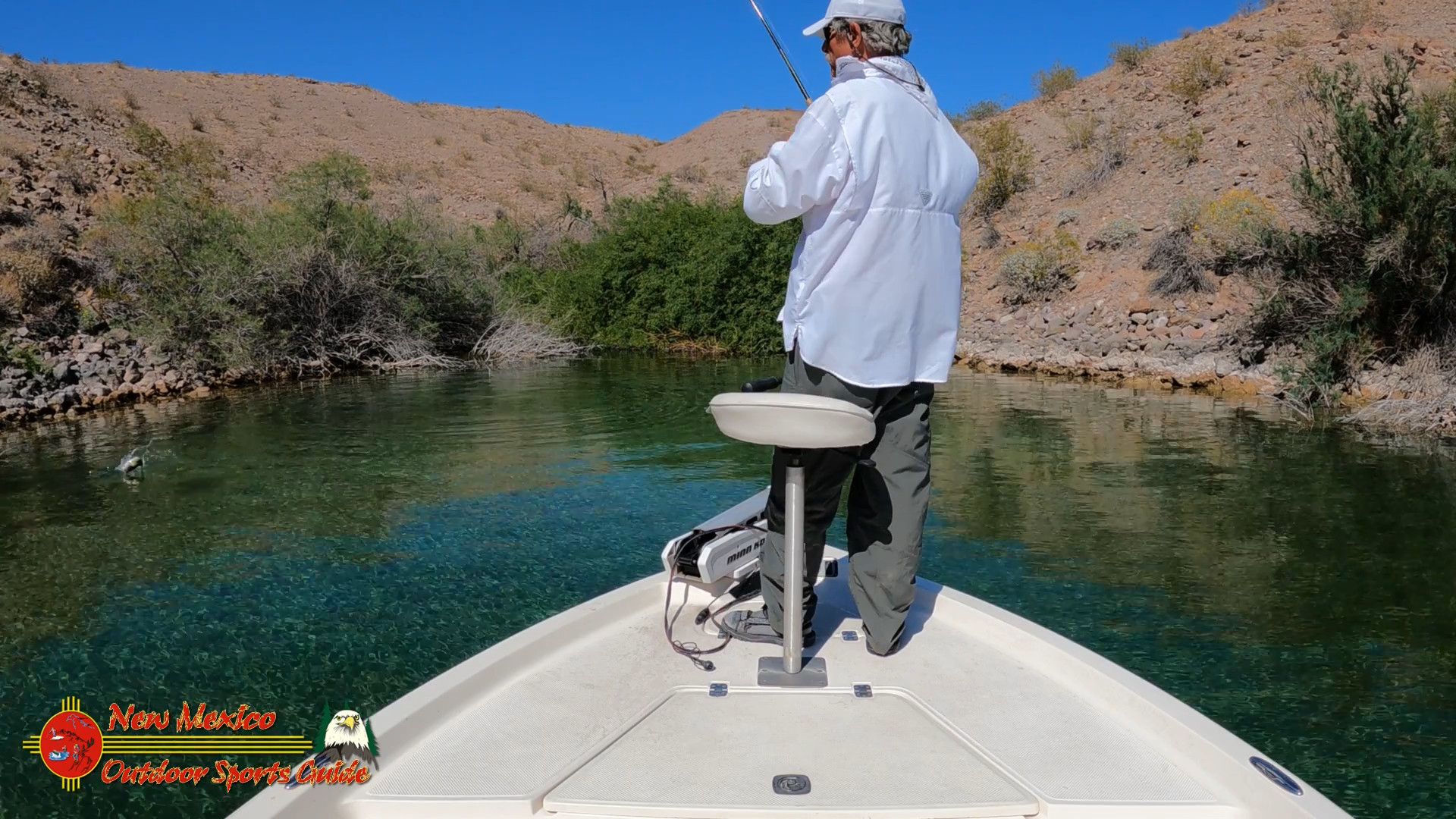
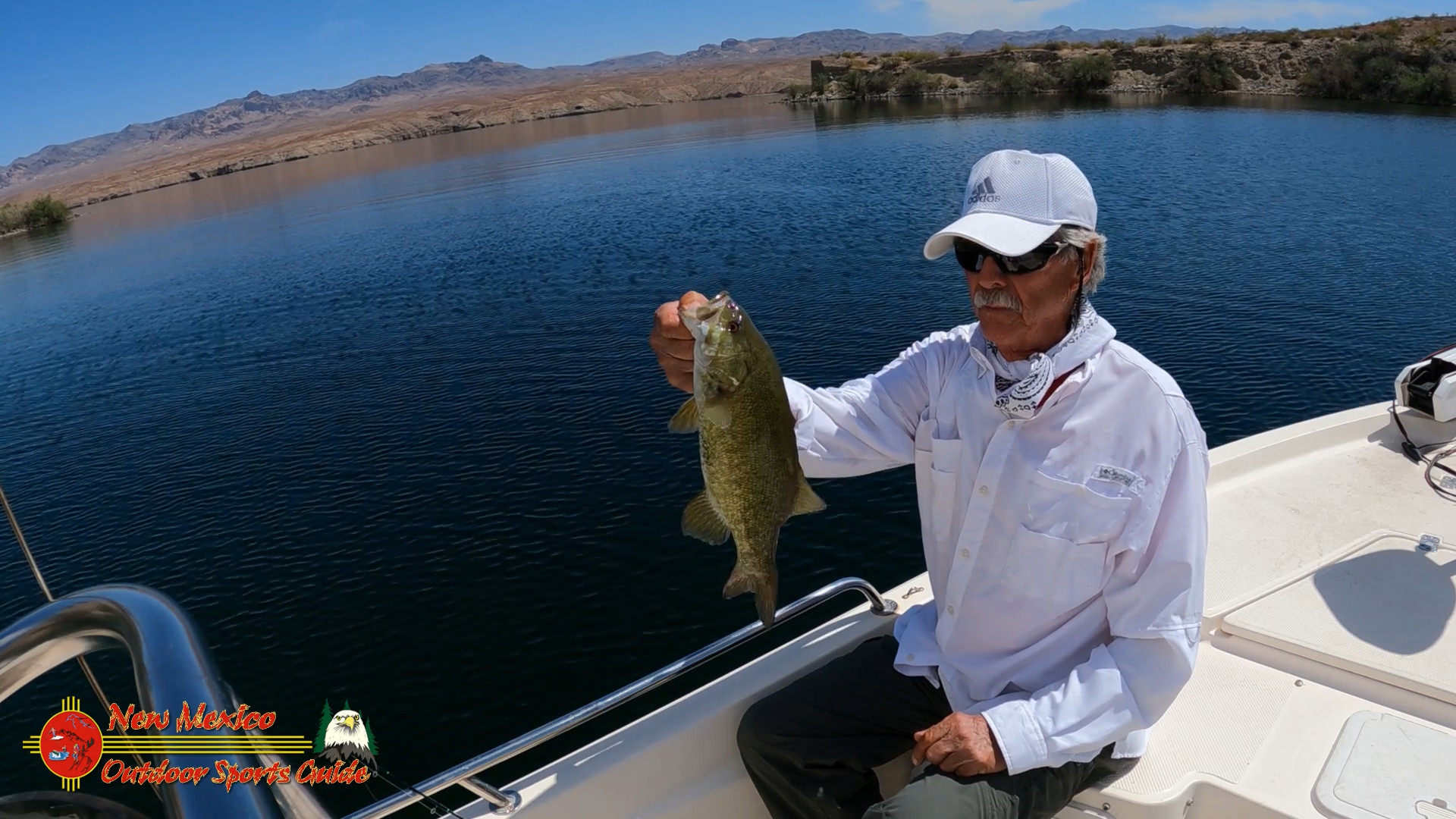
0 Comments